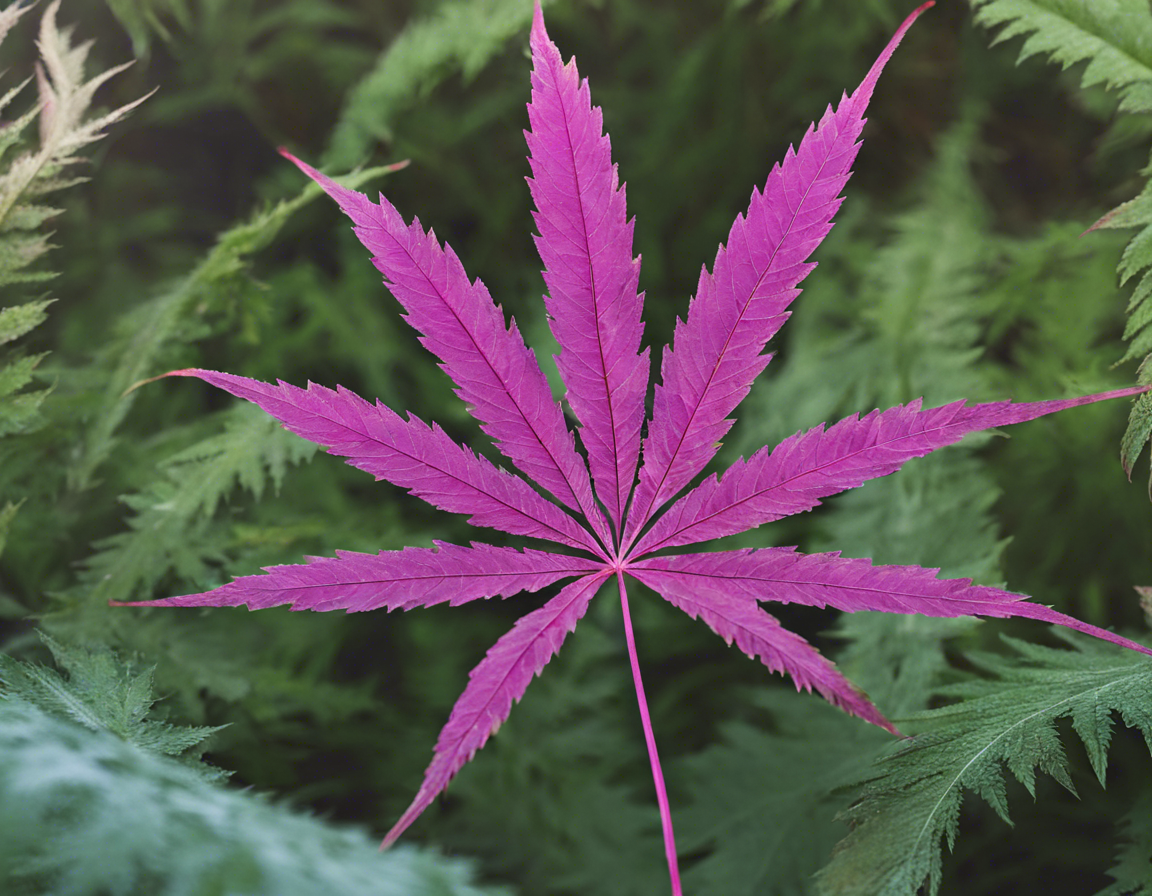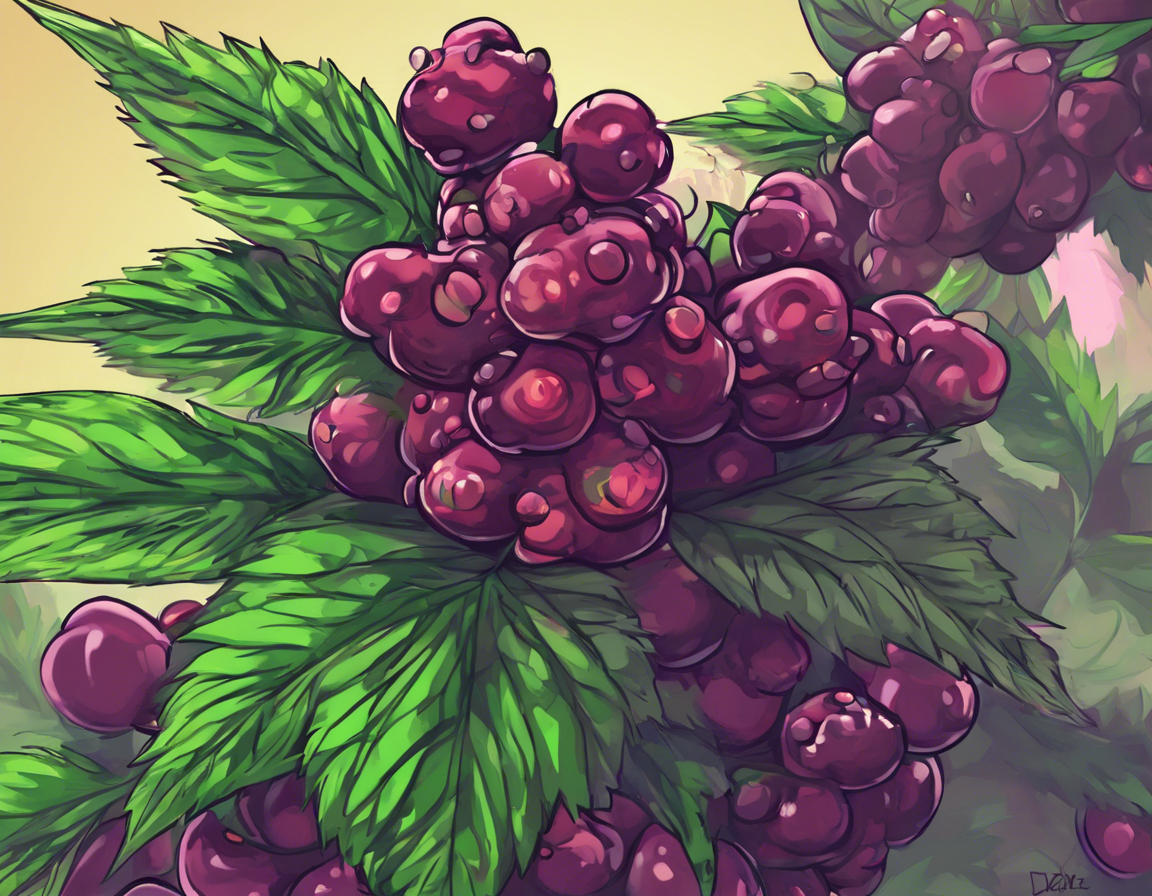Introduction
Leaves are remarkable structures found in abundance in the natural world. They come in various shapes, sizes, and colors, playing essential roles in the survival of plants through photosynthesis, respiration, and transpiration. The study of leaves, known as leaf morphology, provides valuable insights into plant identification, classification, and environmental adaptations. In this comprehensive exploration, we delve deep into the mysteries of nature’s wondrous Leafly, uncovering the intricate design and functions of these botanical wonders.
Leaf Structure
At a fundamental level, a leaf consists of several key components that work together seamlessly to facilitate its various functions. The outermost layer, the cuticle, serves as a protective barrier, preventing excessive water loss and shielding the leaf from external threats. Beneath the cuticle lies the epidermis, a single layer of cells that aids in gas exchange and regulates the entrance of light into the leaf.
Moving further inward, we encounter the mesophyll, the region where the majority of photosynthetic activity occurs. The mesophyll is divided into two distinct regions: the palisade mesophyll, comprising tightly packed elongated cells responsible for light absorption, and the spongy mesophyll, characterized by loosely arranged cells that facilitate gas exchange. This intricate arrangement optimizes the leaf’s efficiency in capturing sunlight and converting it into chemical energy.
Photosynthesis: Nature’s Green Alchemy
Photosynthesis, the process by which plants convert light energy into chemical energy, is arguably one of the most vital functions carried out by leaves. The chloroplasts, specialized organelles within leaf cells, contain chlorophyll, a pigment that gives leaves their green hue and plays a central role in capturing light energy. Through a series of complex biochemical reactions, chloroplasts harness this light energy to transform carbon dioxide and water into glucose, the primary source of energy for plants.
Leaf Adaptations
Plants have evolved a diverse array of leaf adaptations to thrive in a wide range of environmental conditions. In xerophytic plants, which inhabit arid regions characterized by limited water availability, leaves often exhibit succulence—the ability to store water within their tissues. This adaptation enables xerophytes to withstand prolonged drought conditions by tapping into internal water reserves.
Conversely, hydrophytic plants that reside in aquatic environments have developed leaves with specialized adaptations to cope with submersion. These adaptations may include reduced cuticles to enhance gas exchange, stomata located on the upper leaf surface to facilitate oxygen uptake, and air sacs for buoyancy. These structural modifications allow hydrophytes to thrive in habitats with excess water.
Leaf Diversity: A Cornucopia of Shapes and Sizes
Leaves come in a myriad of shapes and sizes, each uniquely suited to the ecological niche of the plant species. From the needle-like leaves of conifers, which minimize water loss in cold climates, to the broad, flat leaves of tropical rainforest species, which maximize light capture in dense canopies, leaf diversity reflects the adaptive strategies employed by plants to optimize their growth and survival.
The Magic of Autumn: Unveiling Nature’s Color Palette
As the seasons transition from summer to autumn, a remarkable transformation takes place in deciduous trees. The chlorophyll pigments responsible for the green coloration of leaves begin to break down, unmasking a vivid array of carotenoids (yellows and oranges) and anthocyanins (reds and purples). This spectacular display of colors, often seen in regions with temperate climates, serves as a prelude to winter dormancy, as trees prepare for the harsh conditions ahead.
FAQs about Leafly:
-
Q: Why do leaves change color in the fall?
A: Leaves change color in the fall due to the breakdown of chlorophyll, revealing other pigments such as carotenoids and anthocyanins. -
Q: How do leaves help to regulate the Earth’s climate?
A: Leaves play a crucial role in regulating the Earth’s climate by absorbing carbon dioxide during photosynthesis and releasing oxygen into the atmosphere. -
Q: What is the significance of leaf venation patterns?
A: Leaf venation patterns help in the identification and classification of plant species, with parallel venation common in monocots and reticulate venation found in dicots. -
Q: How do carnivorous plants utilize their leaves for feeding?
A: Carnivorous plants have specialized leaves, such as pitcher plants and Venus flytraps, that aid in trapping and digesting insect prey to supplement their nutrient intake. -
Q: What role do leaves play in traditional medicine and herbal remedies?
A: Leaves have been used in traditional medicine for centuries due to their diverse chemical compounds with medicinal properties, offering relief for various ailments and health conditions.
Conclusion
In conclusion, the world of Leafly is a captivating realm filled with diversity, beauty, and functionality. From the intricate structure of leaves to their essential role in photosynthesis and environmental adaptations, these botanical wonders offer a myriad of insights into the wonders of the natural world. By unlocking the mysteries of Leafly, we gain a deeper appreciation for the invaluable contributions of leaves to the vitality and sustainability of our planet.



